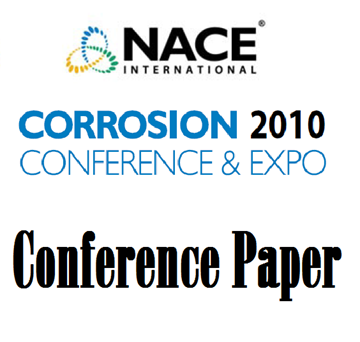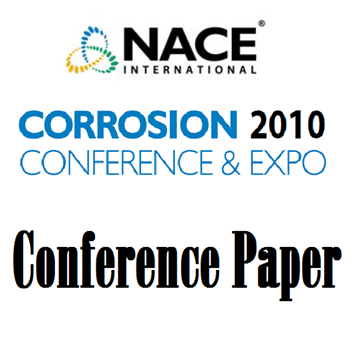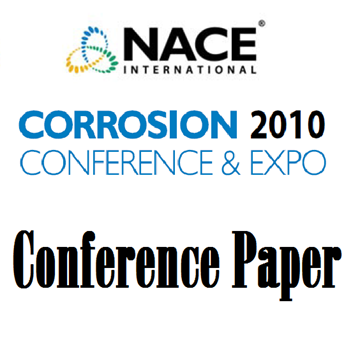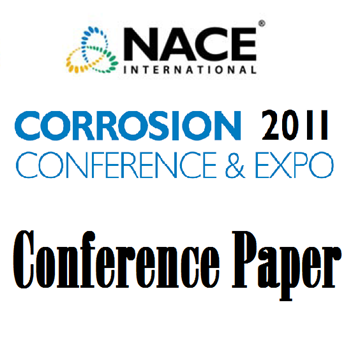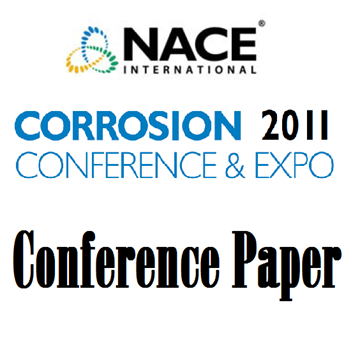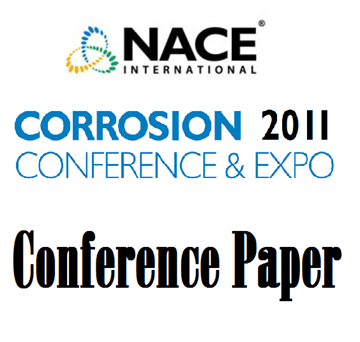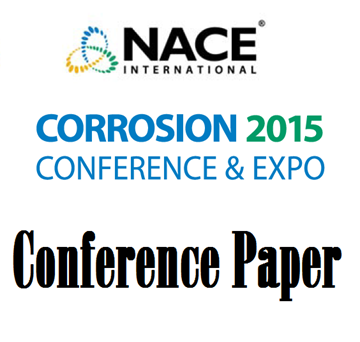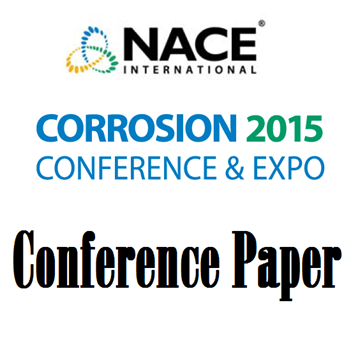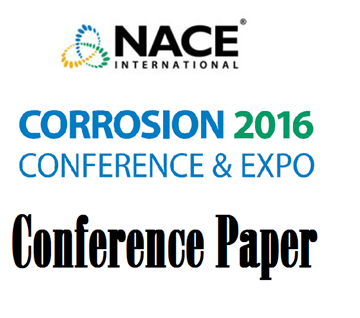Search
Oil and Gas Production
View as
Sort by
Display
per page
10332 Sour and Sweet Corrosion of Carbon Steel: General or Pitting or Localized or All of the Above?
Product Number:
51300-10332-SG
ISBN:
10332 2010 CP
Publication Date:
2010
$20.00
10337 An Advanced Super-Austenitic Stainless Steel Offers Economical and Technical AdvantagesOver Nickel-Base Corrosion-Resistant Alloys in the Process Industries
Product Number:
51300-10337-SG
ISBN:
10337 2010 CP
Publication Date:
2010
$20.00
10402 THPS Degradation in the Long-term Preservation of Subsea Flowlines and Risers
Product Number:
51300-10402-SG
ISBN:
10402 2010 CP
Publication Date:
2010
$20.00
11082 Guidelines When Conducting Hydrostatic Pressure Tests and Management of Extended Dwell Times Through Dry/Wet Lay-ups
Product Number:
51300-11082-SG
ISBN:
11082 2011 CP
Publication Date:
2011
$20.00
11112 Difficulties inthe Use of NACE MR0175/ISO 15156
Product Number:
51300-11112-SG
ISBN:
11112 2011 CP
Publication Date:
2011
$20.00
11120 Sulfur Corrosion Due To Oxygen Ingress
Product Number:
51300-11120-SG
ISBN:
2011 11120 CP
Publication Date:
2011
$20.00
11248 Choosing Better API RP 14E C Factors for Practical Oilfield Implementation
Product Number:
51300-11248-SG
ISBN:
2011 11248 CP
Publication Date:
2011
$20.00
1D196, Laboratory Test Methods for Evaluating Oilfield Corrosion Inhibitors
Product Number:
24192-SG
Publication Date:
1996
$179.00
51315-5447-Mystery of SAGD Produced Gas Corrosivity and Corrosion Mitigation Strategy
Product Number:
51315-5447-SG
ISBN:
5447 2015 CP
Publication Date:
2015
$20.00
51315-5527-Influence of Alloying Elements on the Pitting Corrosion Resistance of CrMn Stainless Steels in Simulated Drilling Environments
Product Number:
51315-5527-SG
ISBN:
5527 2015 CP
Publication Date:
2015
$20.00
51316-6982-Corrosion Management Of Assets Constructed In Super Duplex Stainless Steels (SDSS)
Product Number:
51316-6982-SG
ISBN:
6982 2016 CP
Publication Date:
2016
$20.00
51316-7036-Abrasion-Corrosion Resistance of Stainless and Wear Resistant Steels for Oil Sands Applications
Product Number:
51316-7036-SG
ISBN:
7036 2016 CP
Publication Date:
2016
$20.00

